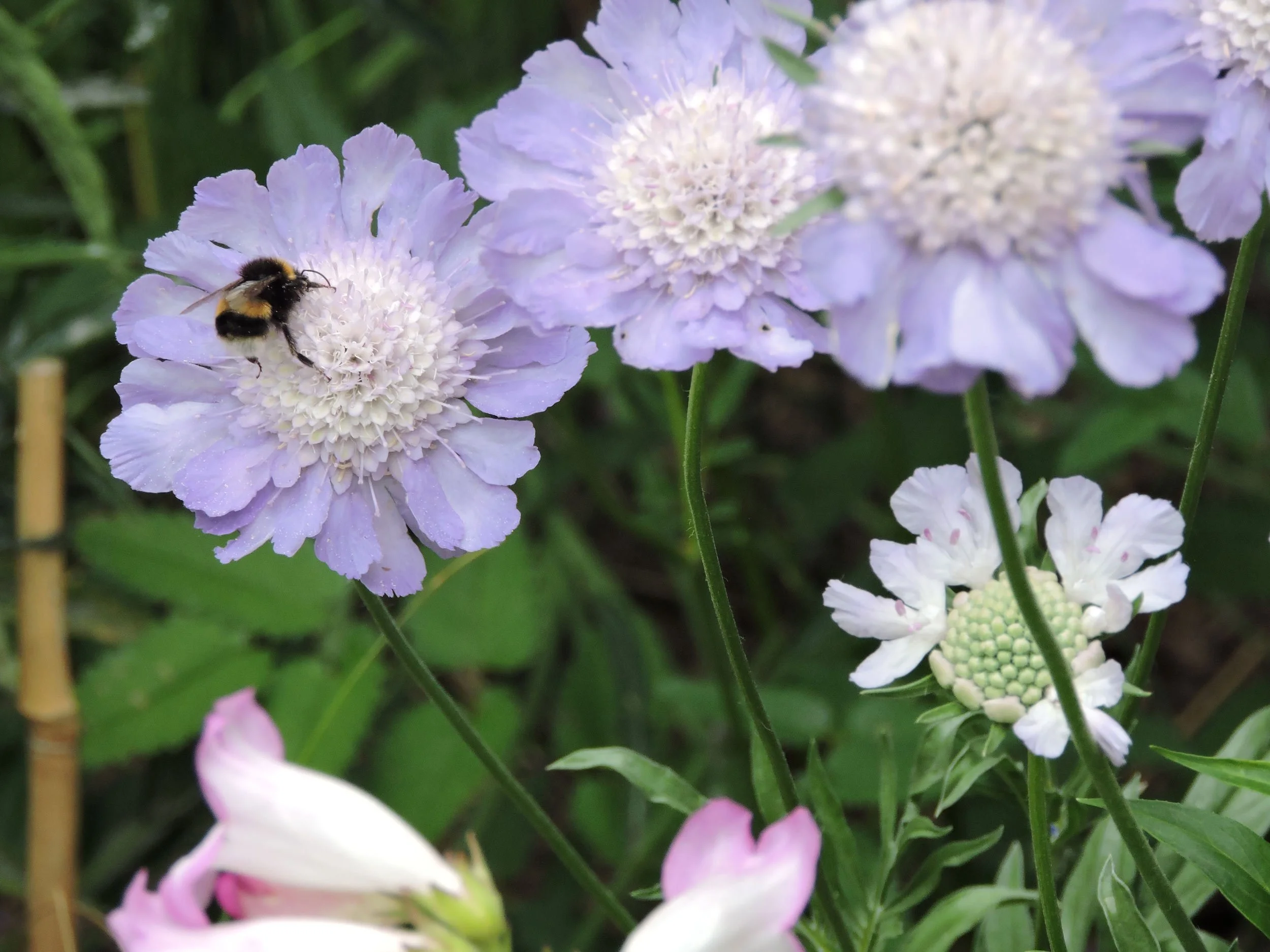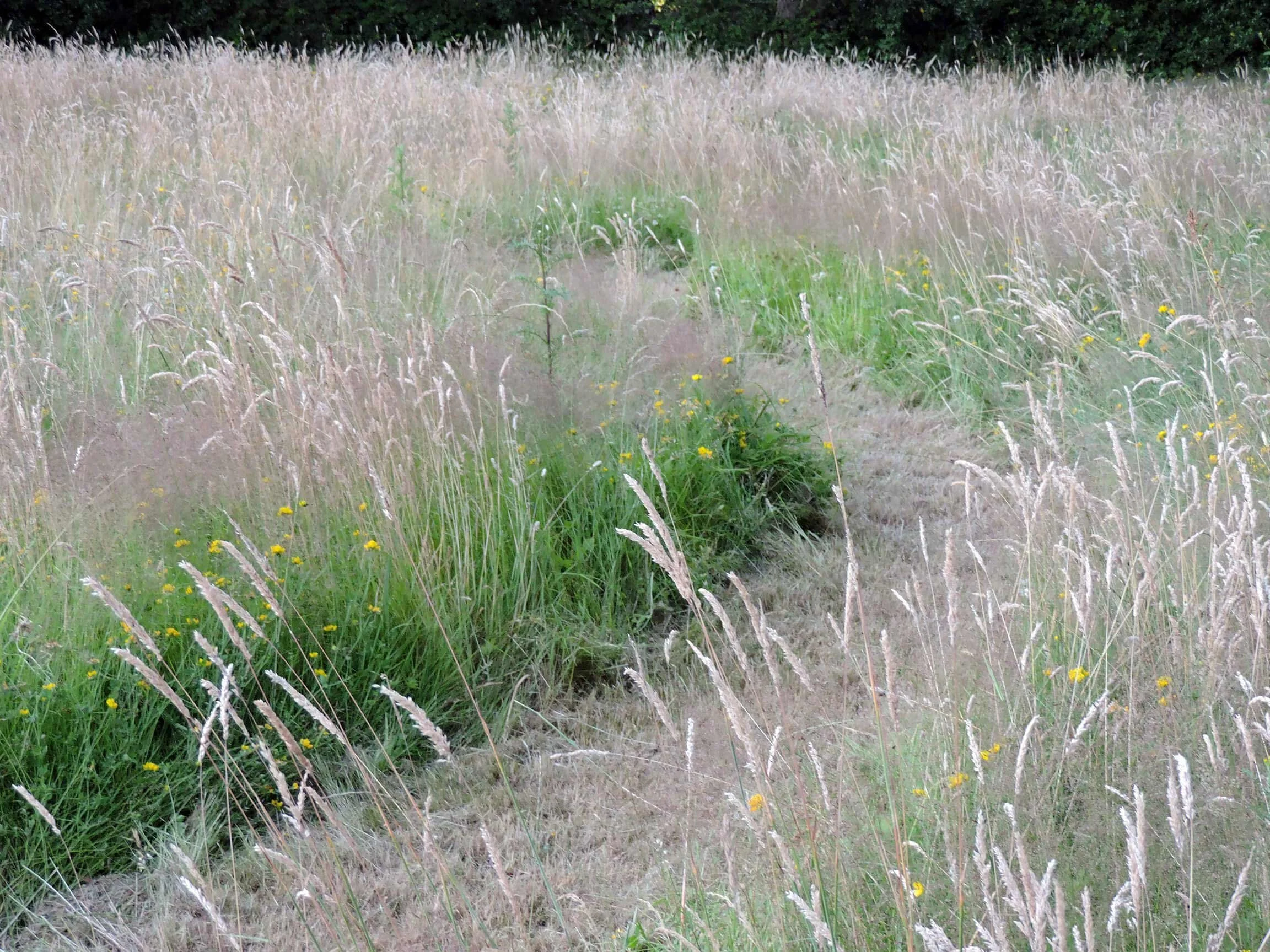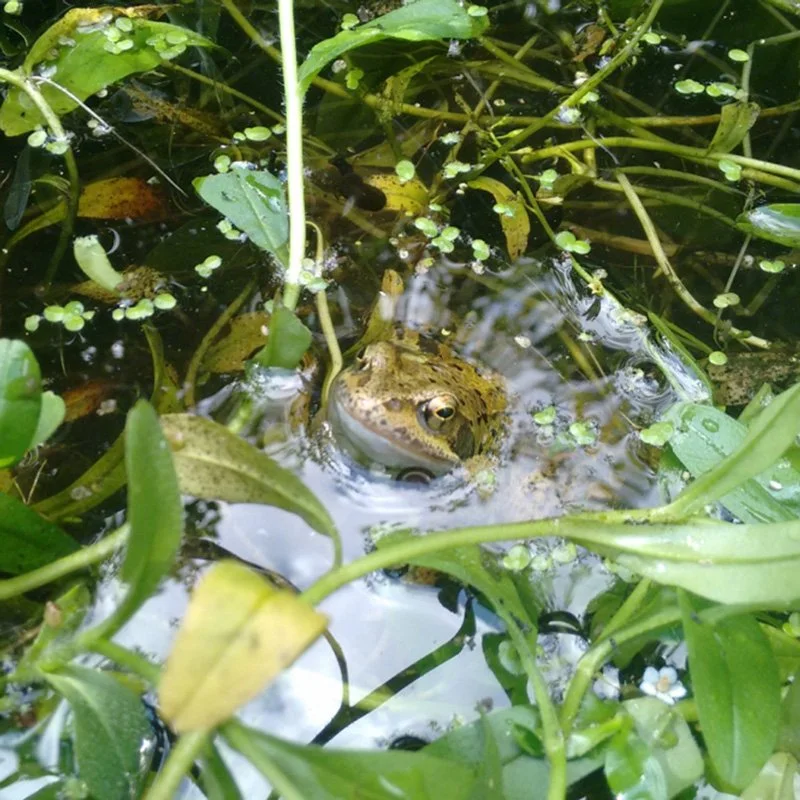
DESIGNING SUSTAINABLY FOR YOU AND THE ENVIRONMENT
As a member of the Society of Garden & Landscape Designers’ small working group devising Sustainability CPD courses, Lucy is committed to promoting a wider understanding of how we as landscape professionals can adapt our working practices to help address the climate and environmental crisis. Lucy regularly builds on her wide-ranging knowledge through CPD programmes and professional training, and collaborates with like-minded professionals to find the best and most environmentally responsible design solutions. We are sensitive to the existing environments we are working with, and always endeavour to preserve as much of this magic as possible, whilst enhancing and creating habitats at every opportunity. Planting is the crucial key to lessening the carbon impact of any new project.
APPROACH
We prioritise environmentally responsible design at every opportunity. This process starts at the pre-design stage when we first visit a site to assess its suitability in relation to the client brief, and extends all the way to lighting design and procurement of accessories such as containers. We like to ensure that at the end of every project we have given something back to nature despite the disruption that every project inevitably causes.

DESIGN PRINCIPLES
We have a set of environmentally responsible design principles that we work to which we are constantly updating with our evolving understanding of the issues at hand. This complex list of ever-changing considerations includes:
Create meaningful landscapes that nurture the human/habitat connection
Foster connectivity between the project and its surrounding environment
Aim to reduce hard surfaces to an absolute minimum
Minimise the use of new, high carbon, high chemical and impermeable materials
Reduce movement of materials on and off site
Manage water usage and capture sensitively, in line with SuDS guidance, and in harmony with ecosystems
Select plants for resilience, habitats, food sources, and minimal maintenance
Plant at the right time of year, and at the smallest practical size
Use bare root plants and seed mixes whenever possible
Protect soils by reducing disturbance and damage, and by releasing ‘trapped’ soils from unnecessary hard surfaces
Make spaces for children to play freely within the landscape, not protected from it
Keep garden lighting minimal, subtle, or non-existent – nature needs night
And…
We will not use artificial plants and fake grass (in line with the SGLD campaign)
We will not specify peat compost
We will not specify highly unsustainable products, especially if there is a more sustainable alternative



